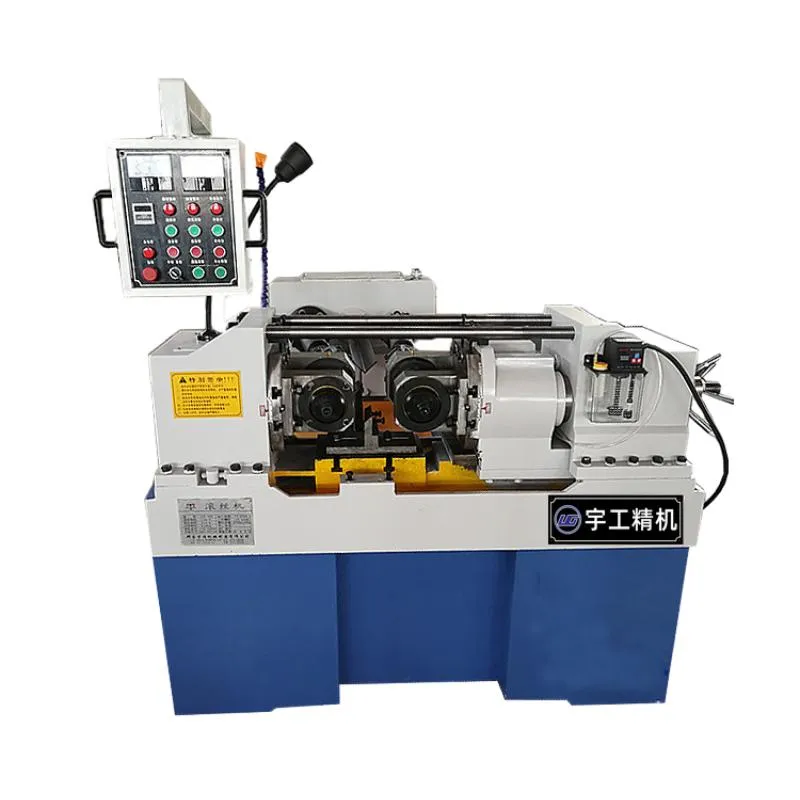
-
 Afrikaans
Afrikaans -
 Albanian
Albanian -
 Amharic
Amharic -
 Arabic
Arabic -
 Armenian
Armenian -
 Azerbaijani
Azerbaijani -
 Basque
Basque -
 Belarusian
Belarusian -
 Bengali
Bengali -
 Bosnian
Bosnian -
 Bulgarian
Bulgarian -
 Catalan
Catalan -
 Cebuano
Cebuano -
 Corsican
Corsican -
 Croatian
Croatian -
 Czech
Czech -
 Danish
Danish -
 Dutch
Dutch -
 English
English -
 Esperanto
Esperanto -
 Estonian
Estonian -
 Finnish
Finnish -
 French
French -
 Frisian
Frisian -
 Galician
Galician -
 Georgian
Georgian -
 German
German -
 Greek
Greek -
 Gujarati
Gujarati -
 Haitian Creole
Haitian Creole -
 hausa
hausa -
 hawaiian
hawaiian -
 Hebrew
Hebrew -
 Hindi
Hindi -
 Miao
Miao -
 Hungarian
Hungarian -
 Icelandic
Icelandic -
 igbo
igbo -
 Indonesian
Indonesian -
 irish
irish -
 Italian
Italian -
 Japanese
Japanese -
 Javanese
Javanese -
 Kannada
Kannada -
 kazakh
kazakh -
 Khmer
Khmer -
 Rwandese
Rwandese -
 Korean
Korean -
 Kurdish
Kurdish -
 Kyrgyz
Kyrgyz -
 Lao
Lao -
 Latin
Latin -
 Latvian
Latvian -
 Lithuanian
Lithuanian -
 Luxembourgish
Luxembourgish -
 Macedonian
Macedonian -
 Malgashi
Malgashi -
 Malay
Malay -
 Malayalam
Malayalam -
 Maltese
Maltese -
 Maori
Maori -
 Marathi
Marathi -
 Mongolian
Mongolian -
 Myanmar
Myanmar -
 Nepali
Nepali -
 Norwegian
Norwegian -
 Norwegian
Norwegian -
 Occitan
Occitan -
 Pashto
Pashto -
 Persian
Persian -
 Polish
Polish -
 Portuguese
Portuguese -
 Punjabi
Punjabi -
 Romanian
Romanian -
 Russian
Russian -
 Samoan
Samoan -
 Scottish Gaelic
Scottish Gaelic -
 Serbian
Serbian -
 Sesotho
Sesotho -
 Shona
Shona -
 Sindhi
Sindhi -
 Sinhala
Sinhala -
 Slovak
Slovak -
 Slovenian
Slovenian -
 Somali
Somali -
 Spanish
Spanish -
 Sundanese
Sundanese -
 Swahili
Swahili -
 Swedish
Swedish -
 Tagalog
Tagalog -
 Tajik
Tajik -
 Tamil
Tamil -
 Tatar
Tatar -
 Telugu
Telugu -
 Thai
Thai -
 Turkish
Turkish -
 Turkmen
Turkmen -
 Ukrainian
Ukrainian -
 Urdu
Urdu -
 Uighur
Uighur -
 Uzbek
Uzbek -
 Vietnamese
Vietnamese -
 Welsh
Welsh -
 Bantu
Bantu -
 Yiddish
Yiddish -
 Yoruba
Yoruba -
 Zulu
Zulu
High-Speed Thread Rolling Machine Solutions for Efficient Precision Manufacturing
High-Speed Thread Rolling Machine Revolutionizing Fastener Manufacturing
In the manufacturing industry, efficiency and precision are paramount, particularly in the production of fasteners. High-speed thread rolling machines have emerged as a pivotal technology, delivering both increased productivity and enhanced quality for threaded components. As industries push toward faster production rates and tighter tolerances, understanding the capabilities and advantages of high-speed thread rolling machines is essential.
What is Thread Rolling?
Thread rolling is a cold-forming process that produces strong and precise threads on metal parts. This method differs from traditional thread cutting, as it displaces material rather than removing it. In thread rolling, the workpiece is fed between two or more rotating dies, which create the desired thread profile. This process results in superior mechanical properties, such as increased tensile strength and a more uniform surface finish.
Advantages of High-Speed Thread Rolling Machines
1. Enhanced Production Rates One of the most significant benefits of high-speed thread rolling machines is their ability to drastically increase production rates. Unlike conventional methods, high-speed machines can produce several thousand threaded components per hour. This increased output is critical for industries that require high volumes of fasteners, such as automotive and aerospace.
2. Cost Efficiency By speeding up the production process and reducing wastage, high-speed thread rolling machines contribute to significant cost savings. The cold working of the material eliminates the need for subsequent machining processes, thus minimizing labor costs and reducing the consumption of raw materials.
3. Improved Thread Quality High-speed machines provide consistent and precise thread profiles with fewer defects. The cold-formed threads exhibit better fatigue resistance and enhance the overall performance of the fasteners. Furthermore, the improved surface finish reduces the likelihood of corrosion and wear.
4. Versatility These machines are designed to accommodate a wide range of materials, including carbon steels, alloy steels, and non-ferrous metals. Their adaptability makes them suitable for various applications, from small screws to large bolts. Moreover, the ability to produce different thread forms—such as UNC, UNF, and metric threads—further enhances their versatility.
high speed thread rolling machine products

5. Automation and Integration Many modern high-speed thread rolling machines come equipped with advanced automation features. This includes programmable logic controllers (PLCs) for precise operation, and robotic systems for loading and unloading workpieces. Automation not only streamlines the production process but also enhances workplace safety by minimizing human intervention.
Applications of High-Speed Thread Rolling Machines
High-speed thread rolling machines are instrumental in various industries, including
- Automotive Industry Fasteners play a critical role in vehicle assembly. High-speed machines ensure that manufacturers can meet high demand while maintaining strict quality standards. - Aerospace Sector Due to the significant performance requirements in aerospace applications, the high strength-to-weight ratio of rolled threads is advantageous for reducing overall aircraft weight.
- Construction Fasteners such as bolts and screws used in the construction industry benefit from the durability and reliability that thread rolling provides.
- General Manufacturing From appliances to machinery, fasteners are ubiquitous, and high-speed thread rolling machines facilitate the efficient production of these essential components.
Conclusion
The advancement of high-speed thread rolling machines marks a significant evolution in the fastener production landscape. Their combination of high productivity, cost efficiency, versatility, and enhanced quality positions them at the forefront of manufacturing technology. As industries continue to evolve and demand more efficient solutions, high-speed thread rolling machines will undoubtedly remain an integral part of the manufacturing process, driving innovation and excellence in fastener production. With the ongoing developments in automation and technology, these machines will only become more sophisticated, further reshaping the future of component manufacturing.
